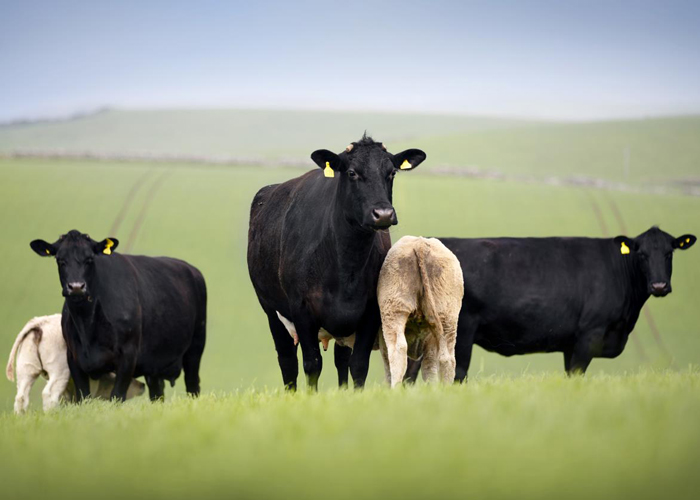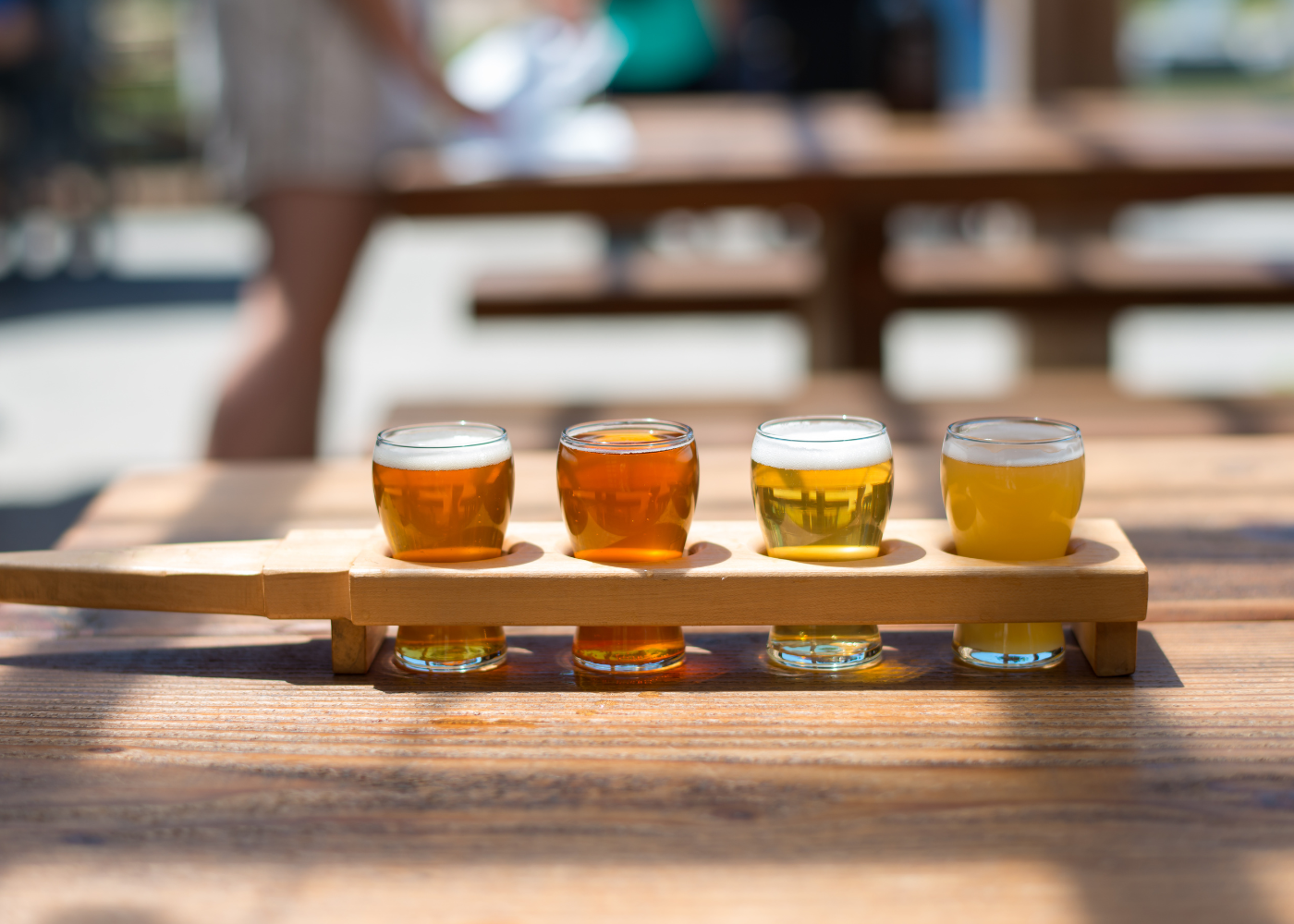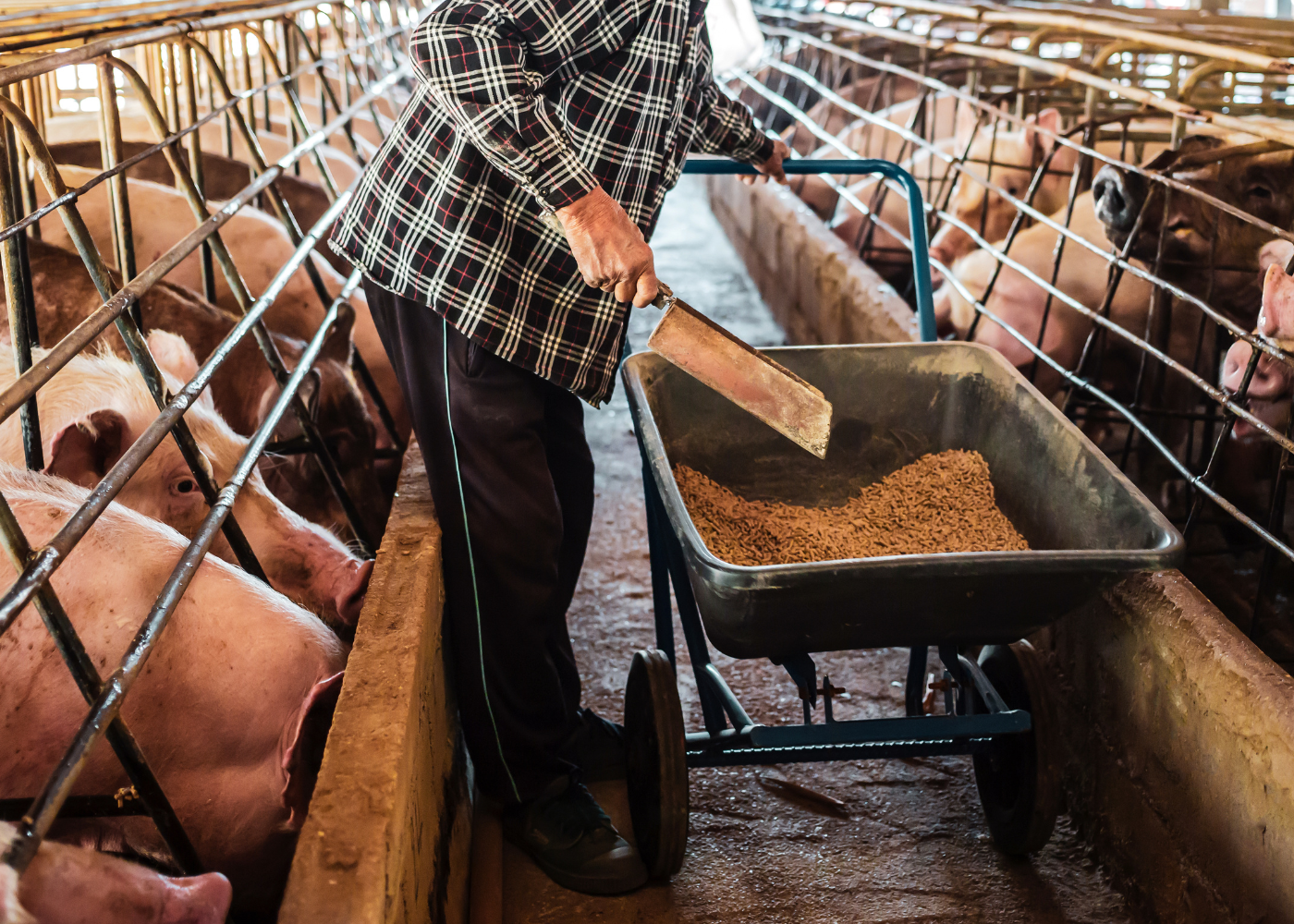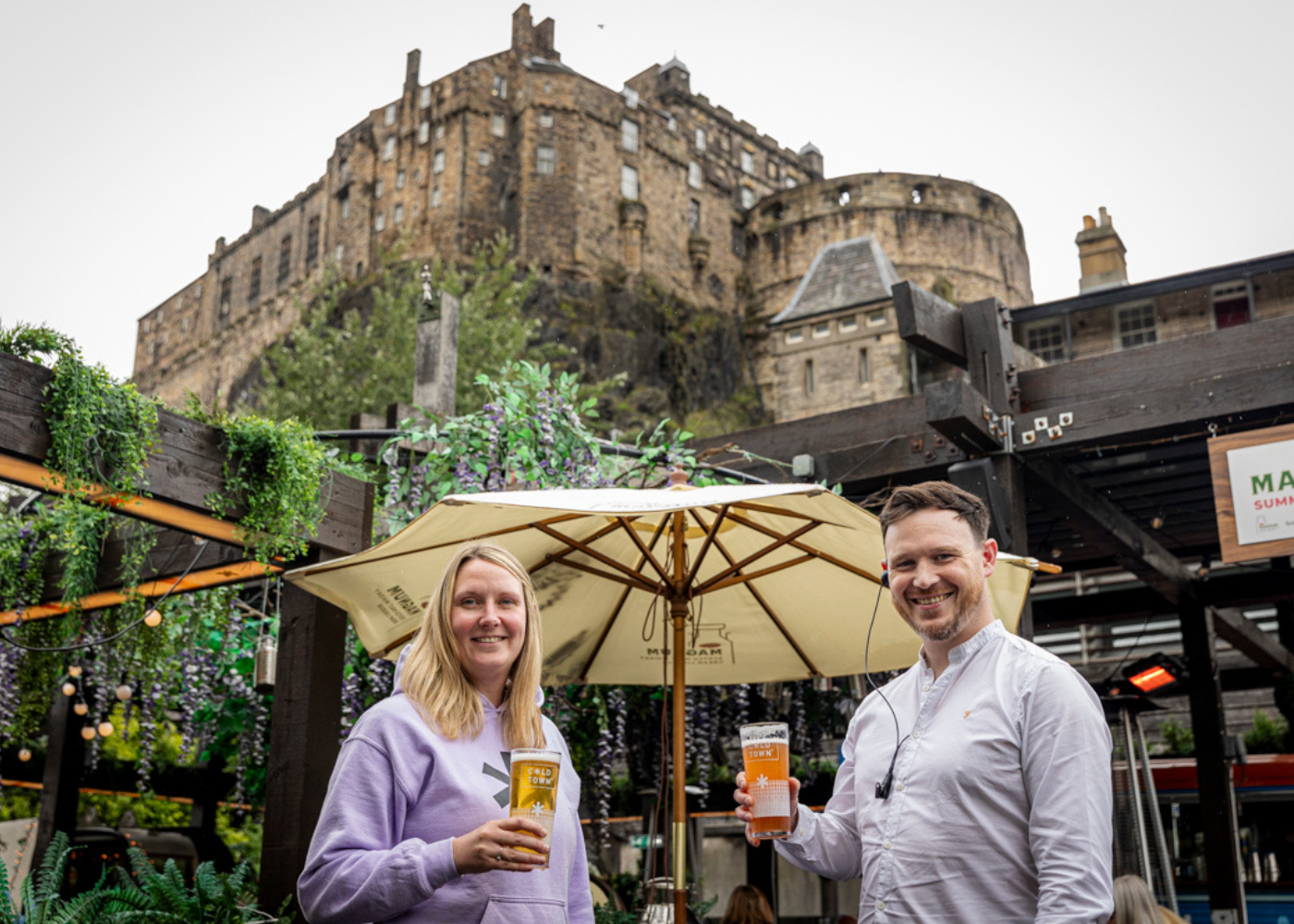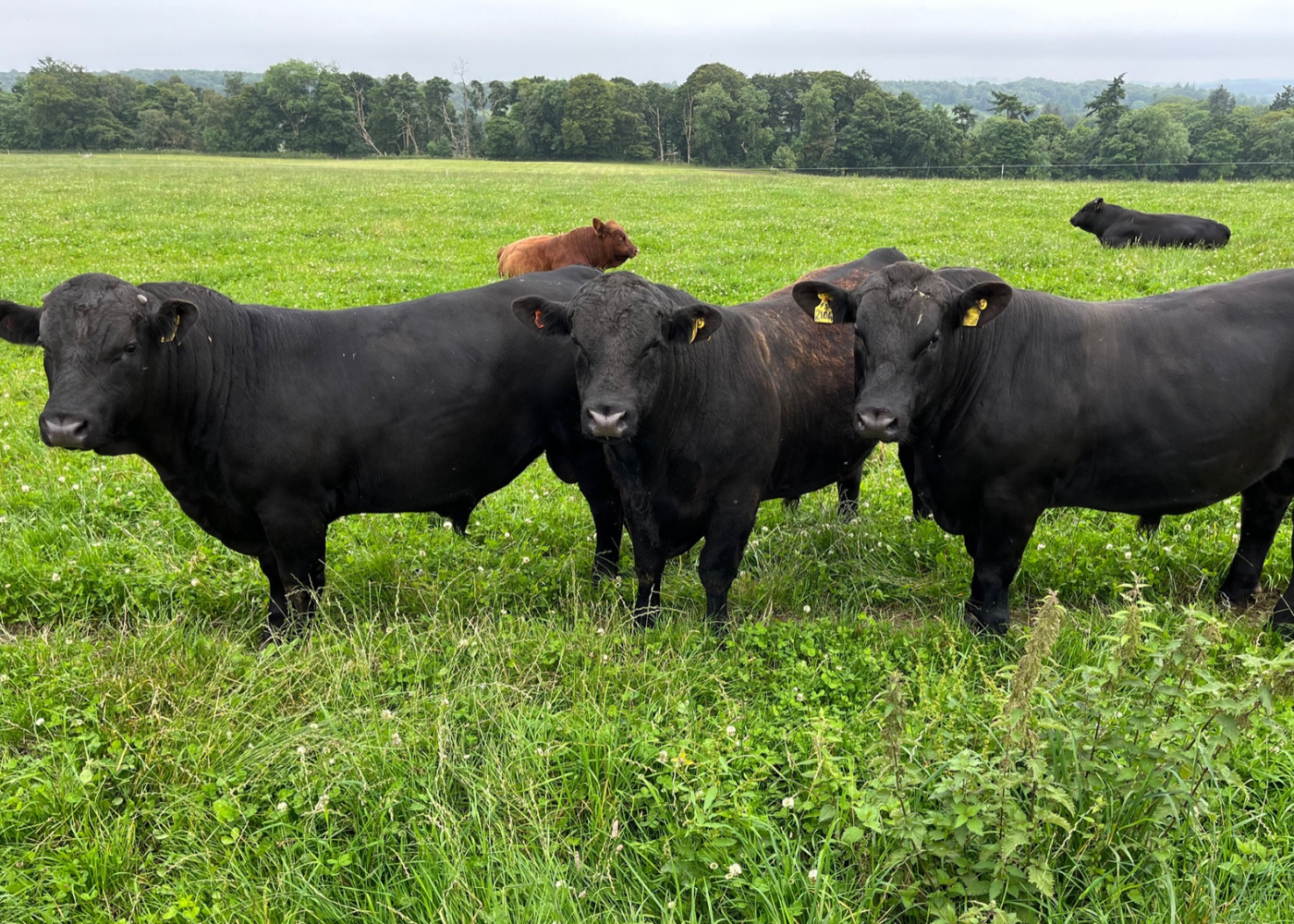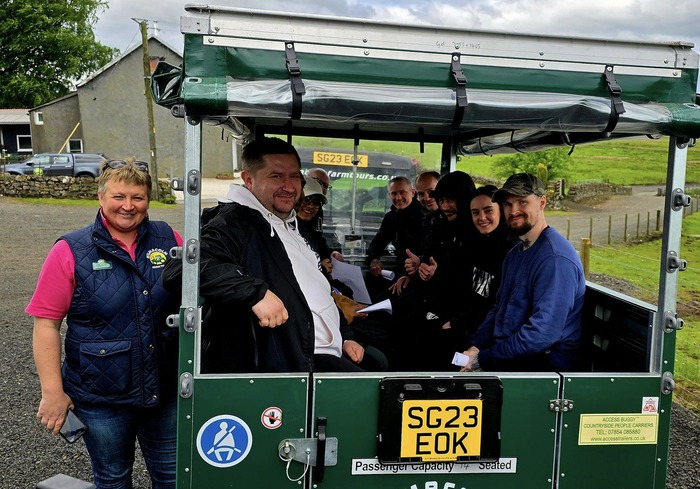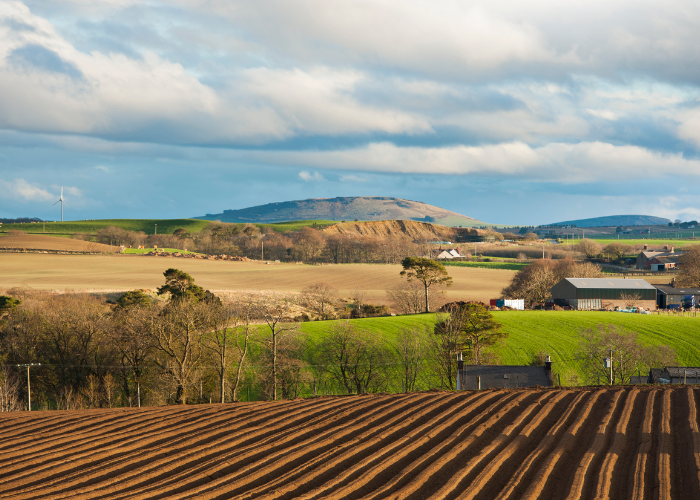by Neil Wilson, Executive Director of the Institute of Auctioneers and Appraisers in Scotland (IAAS)
As Scottish auction markets bring 2023 to a close, auctioneers across all of Scotland’s marts have seen an increase in both buyers and sellers around the ring. Prime cattle and sheep sales have continued to do well, and prices have been strong.
Despite the lack of sectoral confidence surrounding future Government support and longer-term policy guidance, mart throughput held up well, with sales exceeding £600m in 2022. Once again, the industry’s recognition of the value of the live ring was demonstrated in the stats – both animal numbers and values were up in 2022, and the indications are that 2023 will at least have held up that trend in terms of values, with spring store cattle sales having what is known in the market as a ‘flyer’. Which was great to see as it ensured that enough value was flowing back down the chain and into the primary producers’ bank accounts and encouraging farmers to put the bull out for another year.
Unfortunately, processors and retailers found reason to reduce finished prices during the summer, however with the rebound in price as we headed into the back-end sales calendar, there was a strong uptick in store cattle prices, while suckled calf sales drew in some tremendous stock which made terrific prices. It has taken time, following the marts’ COVID restrictions over recent few years, but reports suggest that sale days are buzzing once again.
Subscribe to our daily newsletter
Why? Free to subscribe, no paywall, daily business news digest.
The value of a sale day on our Islands cannot be underestimated. Not only is the value around the ring crucial for farmers and crofters, but the broader value to the community is also welcome, because mainland buyers and hauliers all stay, eat and drink locally. Our customers in these more isolated communities have faced plenty of ferry travel challenges over the last few years, resulting from the combination of an aging Cal Mac fleet and new ferry delays. However, our island auctioneers have all battled through the logistical challenges to deliver another successful sales’ season for our Island farmers and communities. The overarching community benefit delivered by the IAAS to our islands is often overlooked, hence the mention in this roundup.
IAAS People
The IAAS welcomed a new President during 2023 and look forward to working with Alan Hutcheon during his Presidency. This year Aimee Bissett, Sam Ferguson and Ellis Mutch joined the Fellowship of the Institute after graduating from Harper Adams with their Certificate of Higher Education in Livestock Market Operations and Management. Completion of this professional qualification is the gateway to Fellowship of the Institute of Auctioneers. As one of the few actors in the agricultural industry to offer a professional qualification, I am delighted that we have seen a significant increase in student membership, with a cohort of eight young people starting their four-year journey to Fellowship in 2024. This is a significant increase in the normal run rate and bodes well for the long-term future of our industry.
Lamb for St Andrew’s Day
The Lamb for St Andrew’s Day campaign was another success in 2023. We are very grateful for the support from QMS, who supported promotion to our end-consumers, as well as adding Scotch Lamb to the menu in the Scottish Parliament and at a dinner, attended by the first minister, at COP28 in Dubai.
I spent St Andrew’s Day lunchtime in Parliament talking to politicians and officials about the value of farming to the Scottish economy, explaining that, at the heart of our Lamb for St Andrew’s Day Campaign, is the vital role that auctioneers play in the livestock sector.
Once again, we had great support from farmers and butchers, which allowed us to deliver Scotch Lamb into 150 Scottish schools, giving over 25,000 schoolchildren the opportunity to cook and enjoy lamb using a wide range of recipes. The stats are really heartening, our butcher partners distributed the equivalent weight of over 150 lambs, or well over 6,000 kilos of liveweight through the marts’ sales rings.
Looking ahead
As we look ahead to 2024, IAAS will continue to champion the livestock sector and work with integrity to deliver great value for sellers and wide choice for buyers, ensuring that our trade can continue in the most effective way possible.
The market price availability will change during 2024, following changes to contracts that have been dominantly outwith IAAS’s control. However, we know how important this data is and are committed to working with the wider farming industry, and stakeholders, to deliver an accessible way of being able to provide market prices from the marts across Scotland.
Auction markets will continue to be a key part of the livestock farming sector well into the future. At their core, markets exist for commercial purposes. However, they are real social hubs as well. The RSABI Health Checks at Thainstone have been a real hit and I’d like to see this kind of engagement extended out around the country, if we can find the resource to make it happen.
Stripping it right back to the bone, the word ‘mart’ means a coming together of people to buy and sell. Life on a farm can be isolated, and our markets still have a crucial in-person social role.
The marts’ views
Grant Macpherson – Dingwall Mart.
“Cattle trade – start of season was very good and prime then dipped and it has been a good season for weaning calves. The sheep trade has risen, it started fairly buoyant this year. There has been a rise in cull cows reflecting reducing herd numbers across the country – silent dispersals – to save costs and because of labour issues, farmers have been putting cows through the cull ring instead of breeding ring sales.
“Quality sheep and cattle have continued to sell well. Poorer quality livestock have struggled to sell, and farmers cannot justify buying stock for fattening due to increased feed costs. However, in the last few weeks, the price of barley is down and there is more feed barley available due to it being a poorer growing season. The current sentiment is that, if you are going to keep stock, you keep what the market wants, in other words, buy what you can sell on, without spending a fortune on feeding. Machinery sales – continued to be sell well as brand new machinery prices are costly – value of second-hand machinery has held up.”
Oliver Shearman, Caledonian Marts.
“Cast ewes have stayed about the same and fat cattle have sold well and consistently throughout the year strong and store cattle have been steady – having seen a rise over last few weeks – which is normal at this time of year because there are not many sales over Christmas. Spring lamb trade has gone up 25 -30p over the year. Plant and equipment sale prices have come back a touch, reflecting the impact of the long wait for products. In terms of buyers, the butchers and marts continue to have a good, steady relationship. Looking ahead our biggest challenge is finding auctioneers, reflecting the shortfall of staff across farming and the marts.”
Andrew Hunter-Blair, Craig Wilson Ltd.
“The biggest trend through this whole year is the level consistency of good trade with quality store cattle and ewes. Breeding sheep and lamb sales have been back, our view is that this is because of cost-cutting and people holding on to ewes to breed replacements. In terms of buyers, we still have a dedicated clientele of butchers who appear to continue to do well after Covid.”


